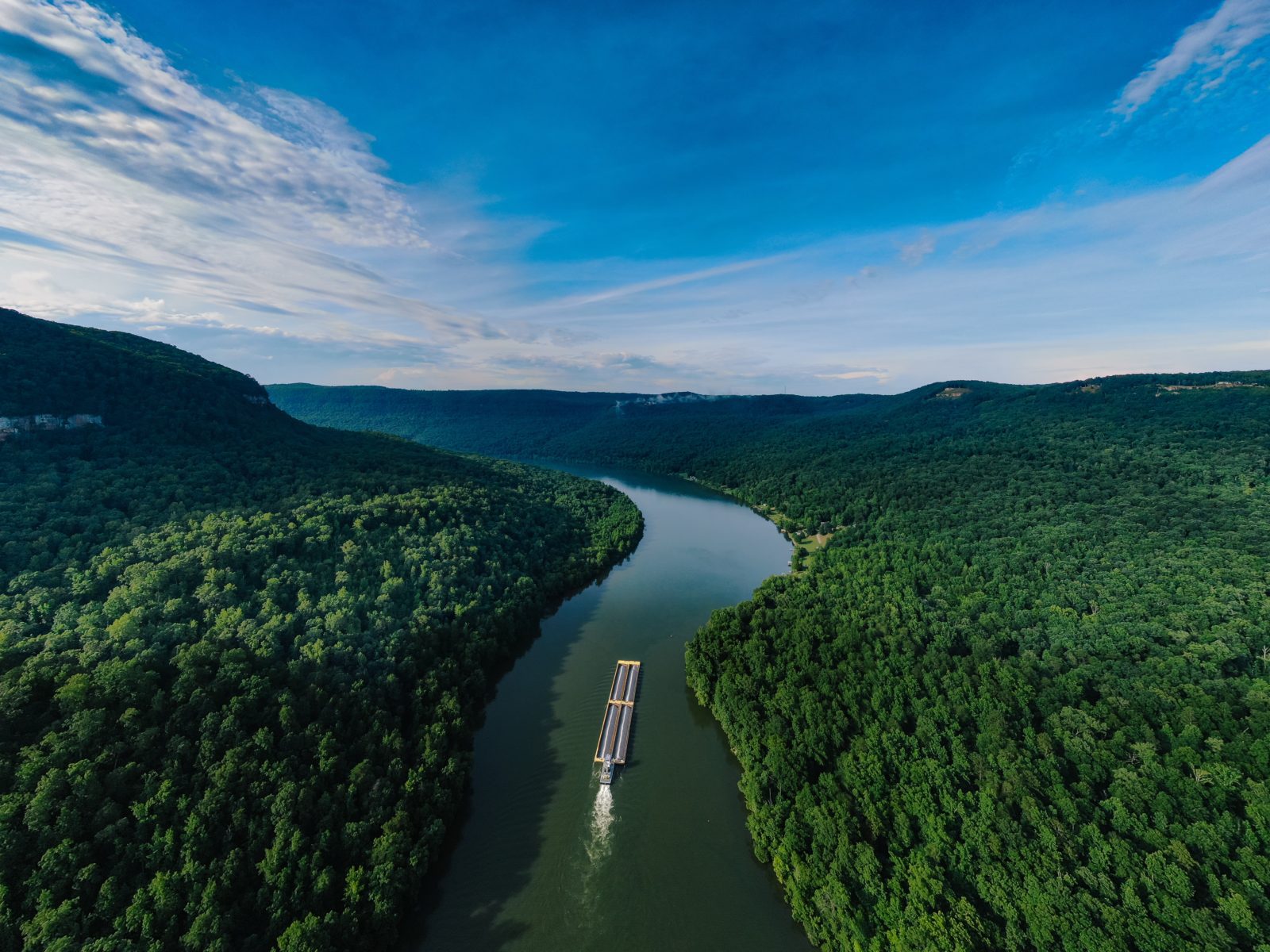The Czech Republic is facing a severe drought as many of its rivers are drying up, revealing their beds in shallow areas. Current flows are between 15 to 45 percent of the long-term average for July, with most watersheds being well below normal levels. However, there is no threat of water shortage for households and industries despite the large-scale drought.
The Czech Minister of Agriculture, Marek Výborný, said after a meeting with directors of companies managing the Vltava, Morava, Ohře, Odry, and Labe river basins that water managers have issued 52 decisions to restrict water consumption, mainly on smaller streams. Last year at this time, there were 39 such bans. The quality of water is said to be good.
“When it comes to recreational purposes, the quality is still good except for some exceptions,” said Výborný. The minister further explained that water managers have increased the flow of streams throughout the Czech Republic by 154 million cubic meters.
The general director of the Vltava River basin, Petr Kubala, said on Thursday that the flow on the Vltava River ranges between ten to 55 percent of the long-term average for July. “All water reservoirs are filled up to 95 percent,” he added. The largest reservoir in the country, Želivka, which supplies water to 1.5 million people, is said to be filled up to 94 percent. From July 1 to July 26, the Vltava cascade was supplemented with a 33 million cubic meters flow, corresponding to the situation if the entire Rimov water reservoir were emptied, said Kubala.
The low water levels in rivers do not bring any joy to paddlers. For example, the famous Sázava river is not navigable from Týnec nad Sázavou to Pikovice due to a lack of water. It is also unnavigable between Stvořidly and Zruč nad Sázavou. However, paddlers can still enjoy themselves on the middle course, even though the water is not as abundant as before, according to the Bisport tourist center.






